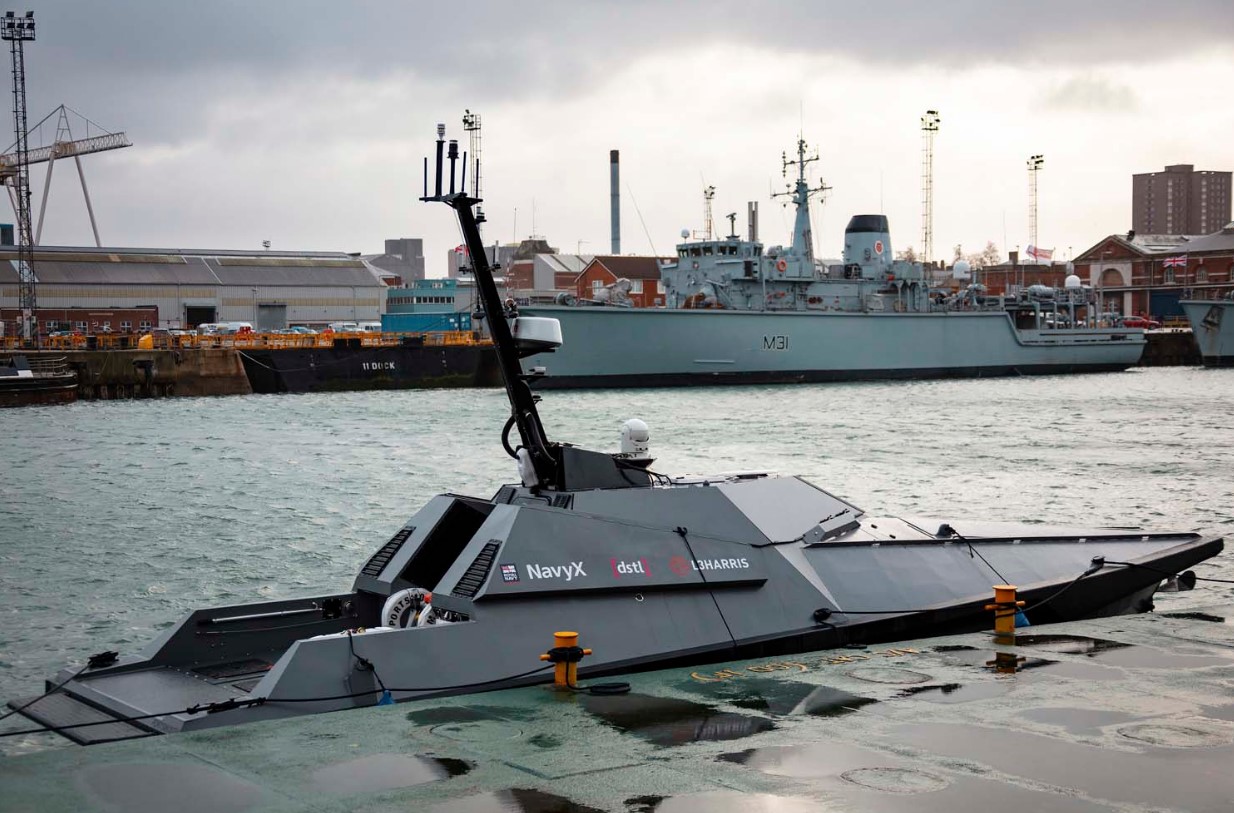
As the world faces a rapidly shifting geopolitical landscape, the Royal Navy is poised to revolutionize its capabilities with an ambitious vision for the year 2040.
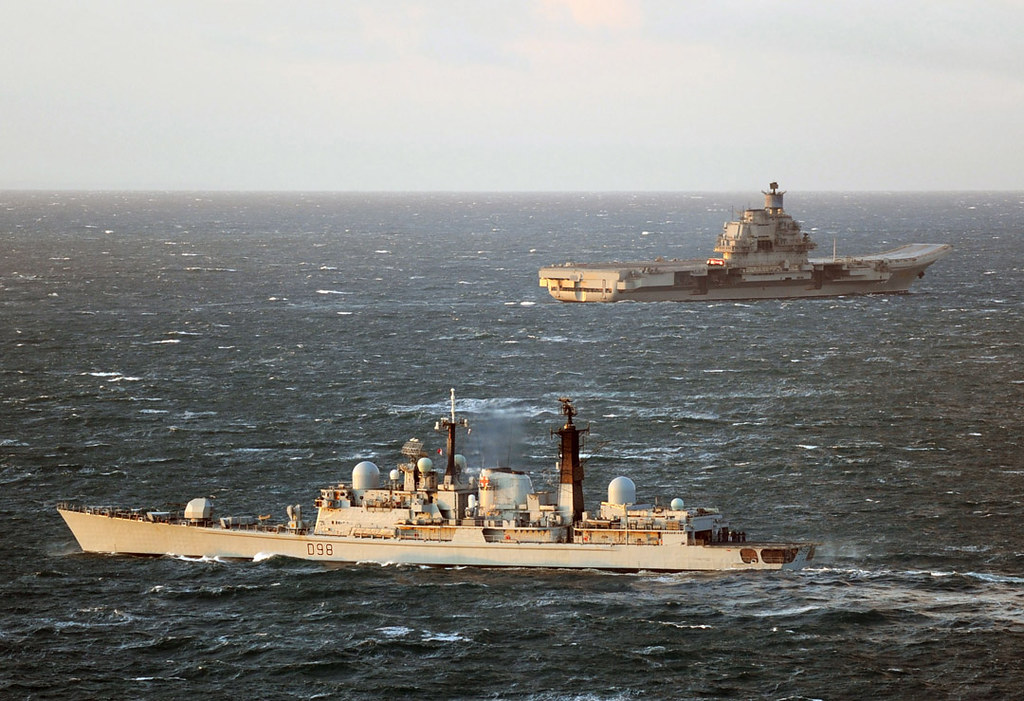
The Second Sea Lord, Vice Admiral Martin Connell, speaking at the Defence Leaders Combined Naval Event (CNE) 2024, underscored the imperative for the Royal Navy to adapt quickly and embrace a “maritime technological ecosystem fit for the 21st century.”
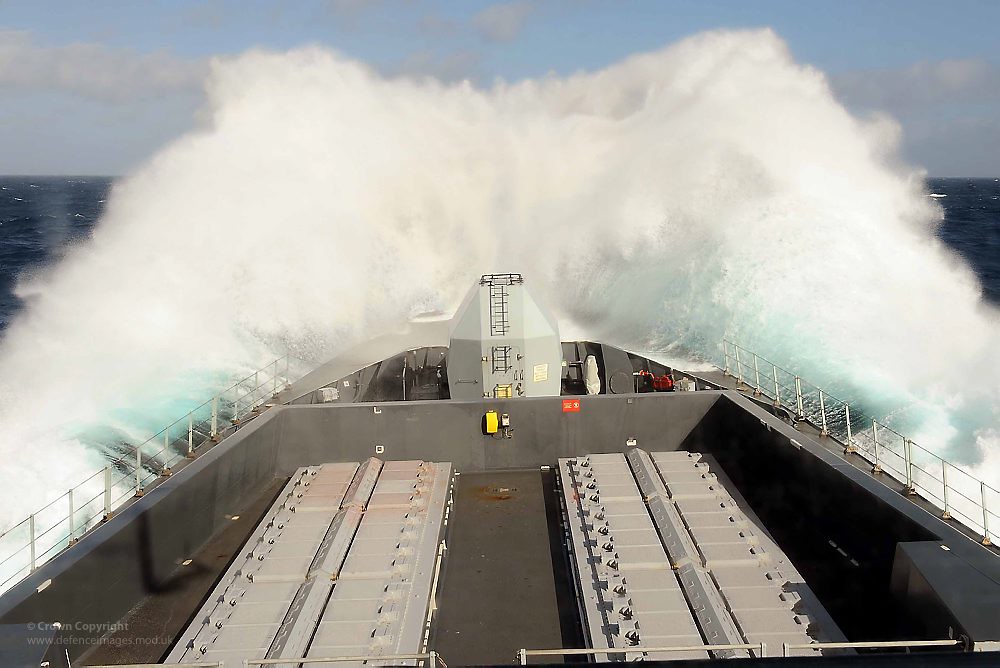
This vision is not only a response to an increasingly contested world but a necessity to avoid falling behind in the race for naval supremacy.
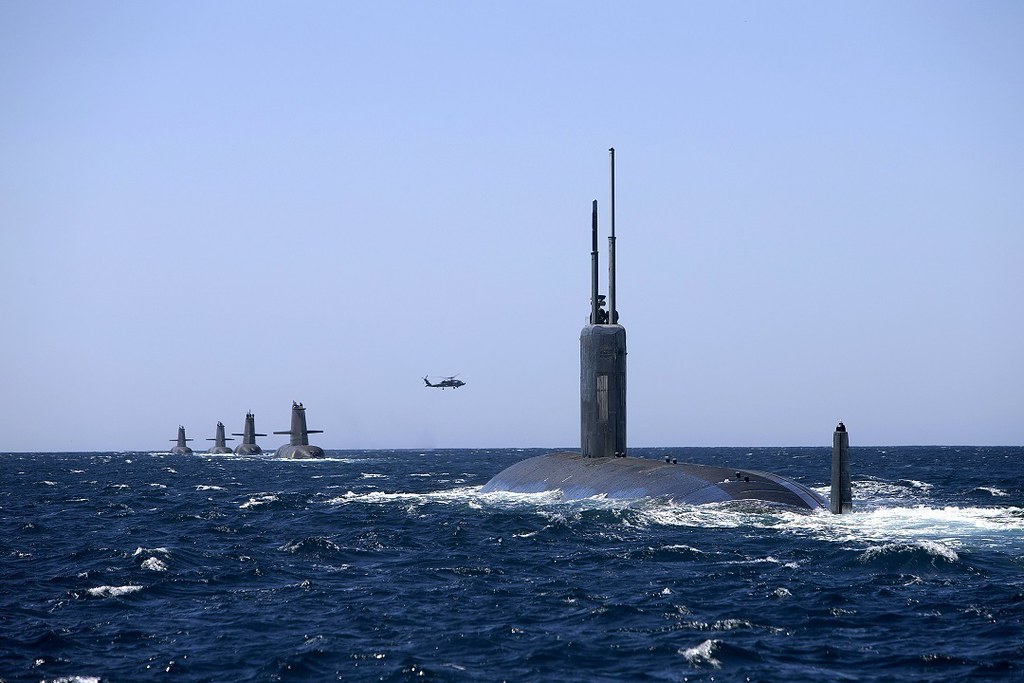
At the heart of the Royal Navy’s future is a bold shift towards cutting-edge technology. Connell asserts that by 2040, the navy will command a formidable fleet augmented with uncrewed underwater, surface, and air vehicles, offering greater lethality and effective mass.
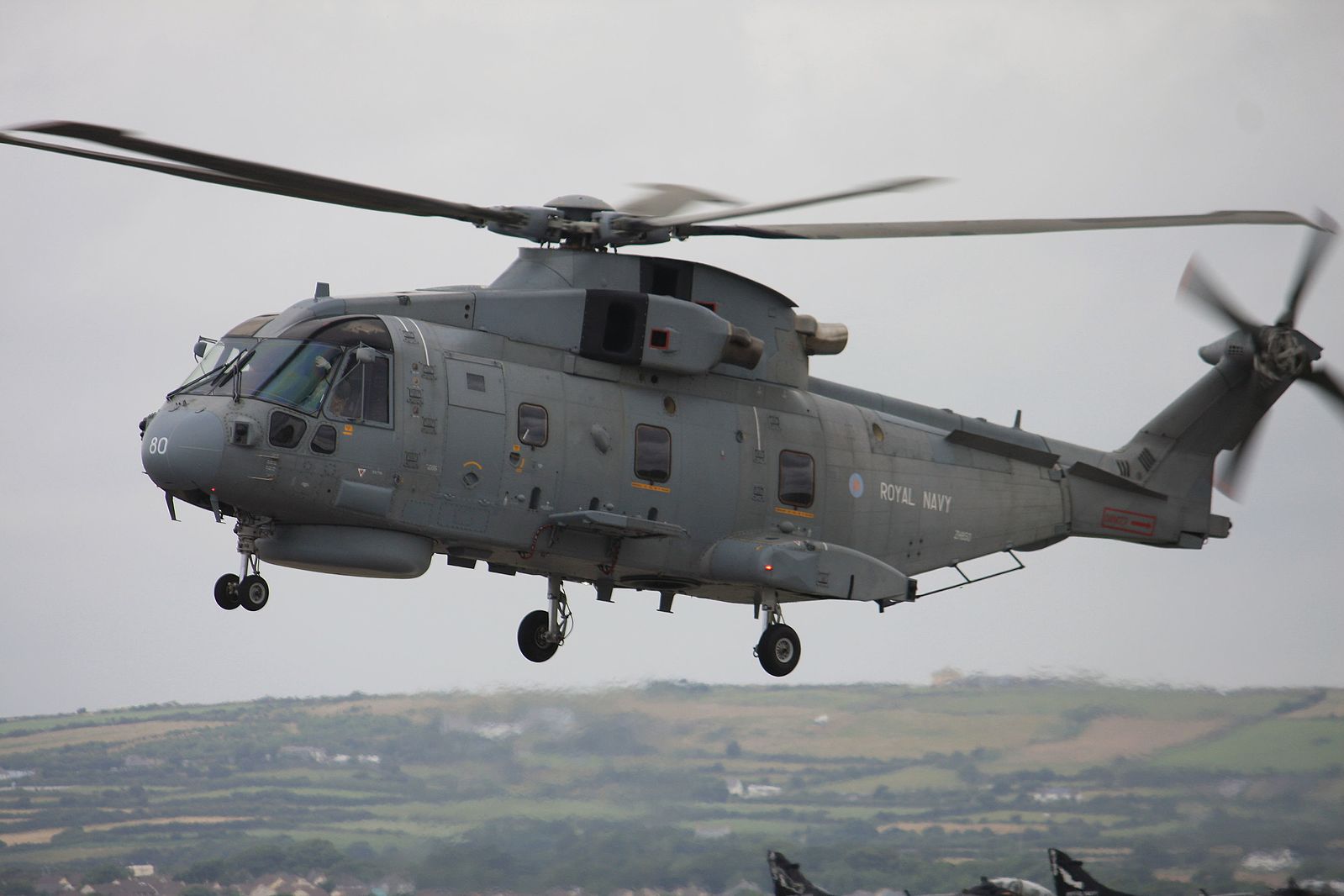
“The navy of 2040 will be one of increased effective mass from an accelerated programme of shipbuilding,” he emphasized, adding that the navy will prioritize “offensive strike capability over all else.”
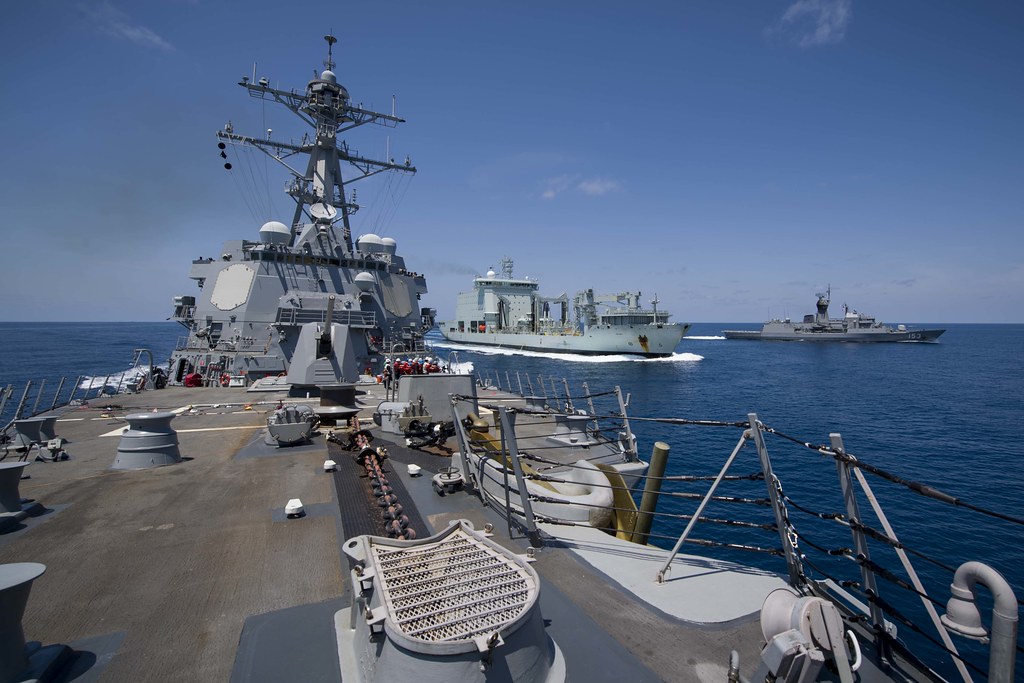
This proactive stance is underpinned by the recognition that traditional naval platforms may become obsolete without innovative advancements. Connell noted, “We simply must adapt now, or we will lose later.”
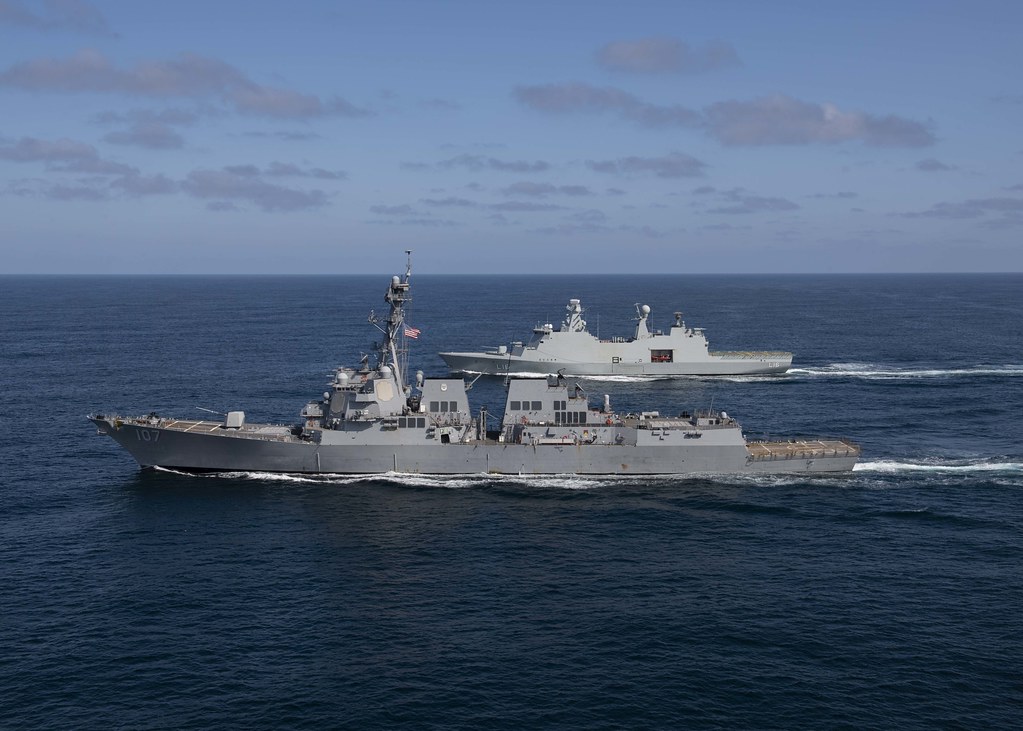
As a result, the Royal Navy is intent on creating a resilient architecture that can swiftly integrate autonomous systems, operate in demanding electronic warfare and cyber environments, and transfer vast amounts of data across the maritime battlespace.

Artificial intelligence (AI) is another cornerstone of the Royal Navy’s strategy. Connell conveyed both excitement and a tinge of frustration about AI’s potential versus its current pace of integration within naval operations. “If applied correctly, [AI] has the potential to create dynamic new benchmarks for accuracy, efficiency and lethality,” he stated.
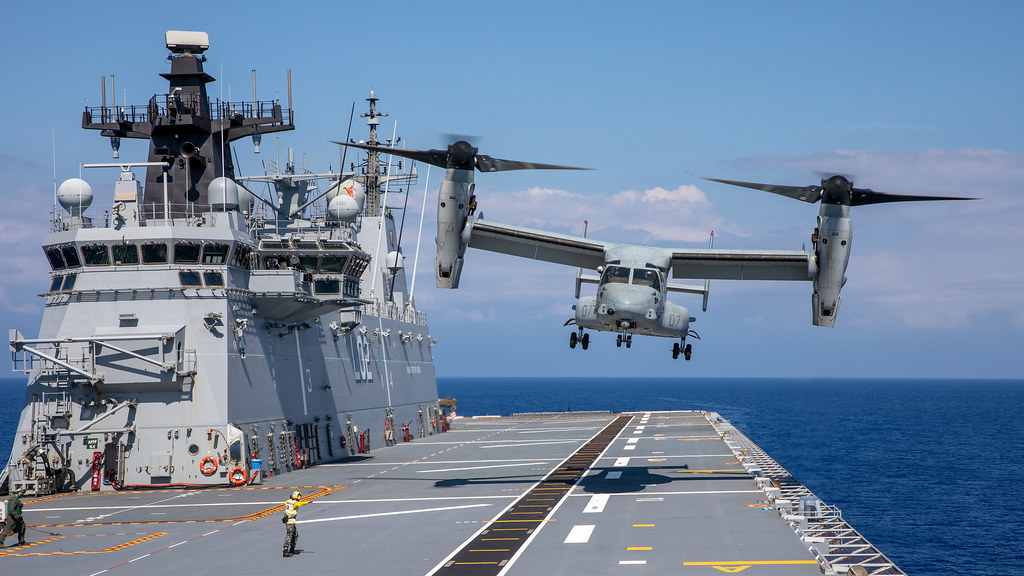
However, when questioning industry partners about their use of AI and data in product design and learning, he found the responses lackluster: “If I’m honest this still feels a little underwhelming.”
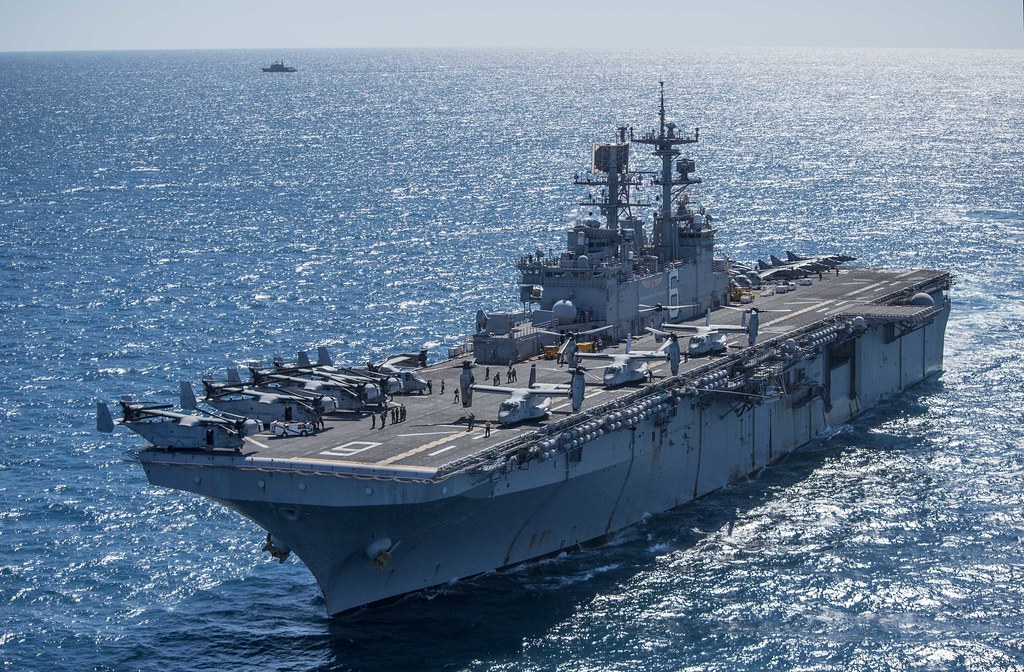
The urgency of these developments is not lost on the navy, which has already adapted in the face of operational demands. Connell cited an incident involving HMS Diamond in the southern Red Sea, where the turnaround time for data analysis sent back to the United Kingdom was unsatisfactory. This has since been improved, reflecting a culture of agility and responsiveness within the navy.
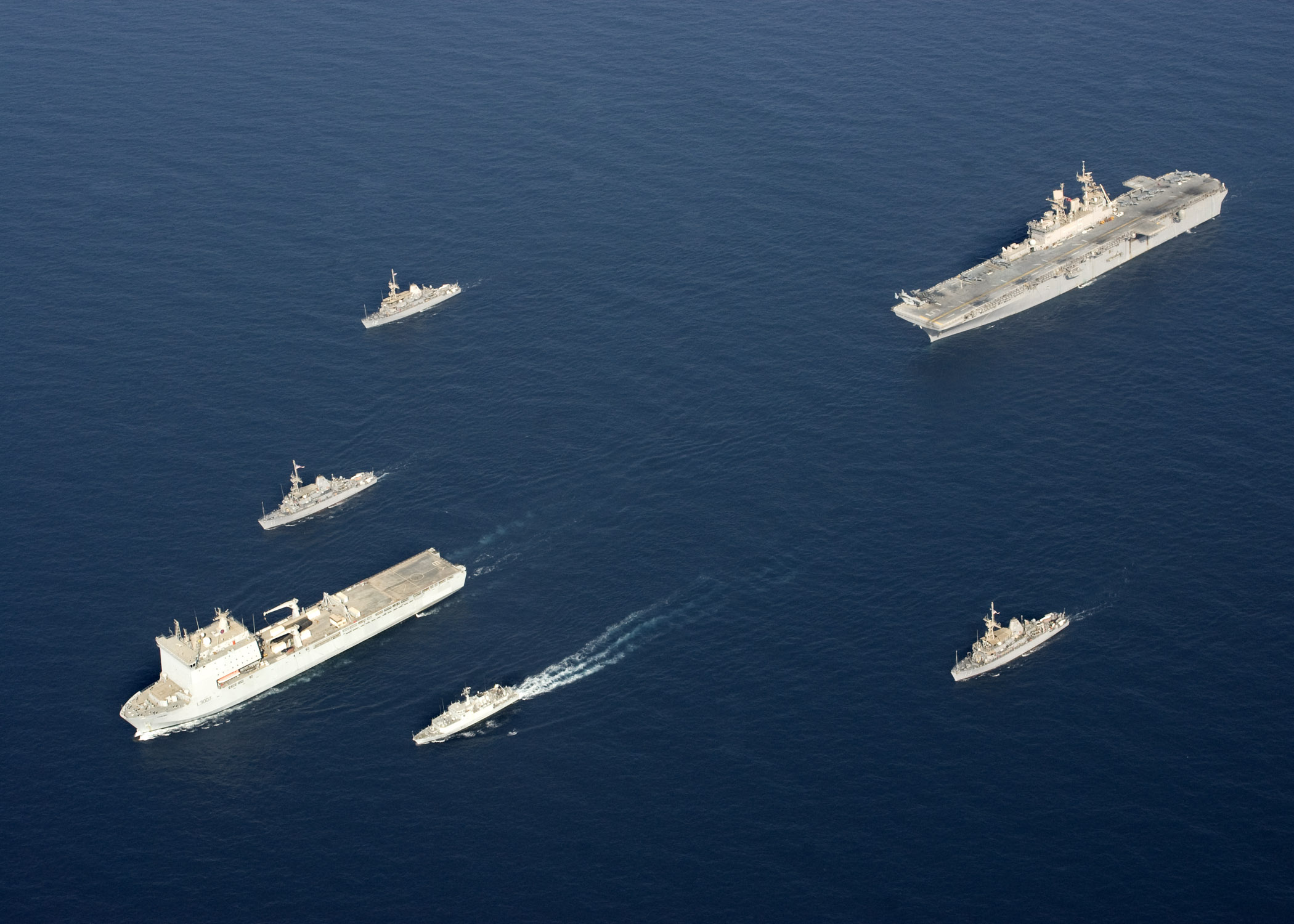
U.S. 5th FLEET AREA OF RESPONSIBILITY (Sept. 5, 2009) The Royal Navy fleet auxiliary ship Lyme Bay (L 3007) leads a formation of ships including the mine countermeasure ships USS Gladiator (MCM 11), USS Ardent (MCM 12), USS Dextrous (MCM 13), the Royal Navy single-role minehunter HMS Grimsby (M108) and the multi-purpose amphibious assault ship USS Bataan during a training exercise. The Bataan Amphibious Ready Group is conducting maritime security operations in the U.S. 5th Fleet area of responsibility. (U.S. Navy photo by Mass Communication Specialist 3rd Class Ryan Steinhour/Released)
The Royal Navy also recognizes the vital role of industry, particularly small/medium enterprises and hyperscalers, in achieving the desired pace, integration, and connectivity of its technological innovations.
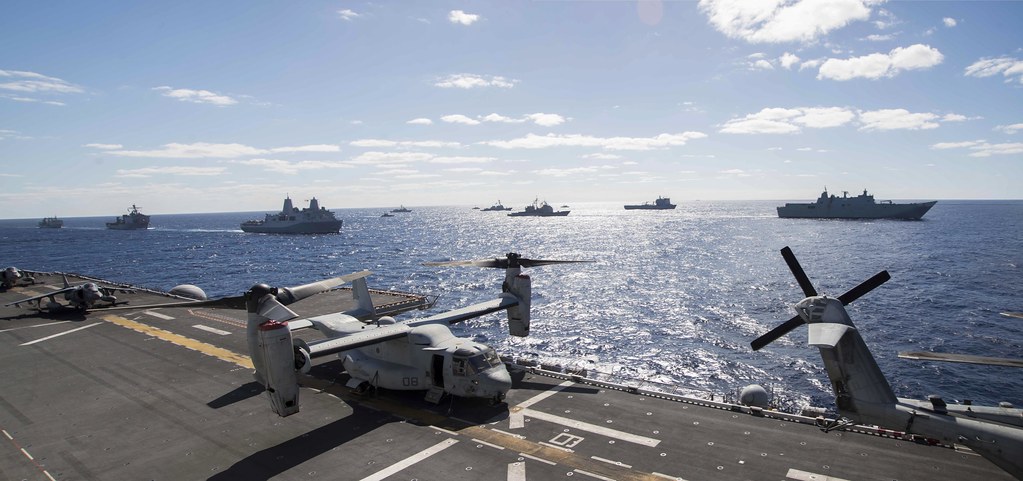
Connell underlined the necessity for “a plurality of businesses to work with,” acknowledging that the major primes, while still crucial, will be complemented by more disruptive contributions from a broader range of partners.
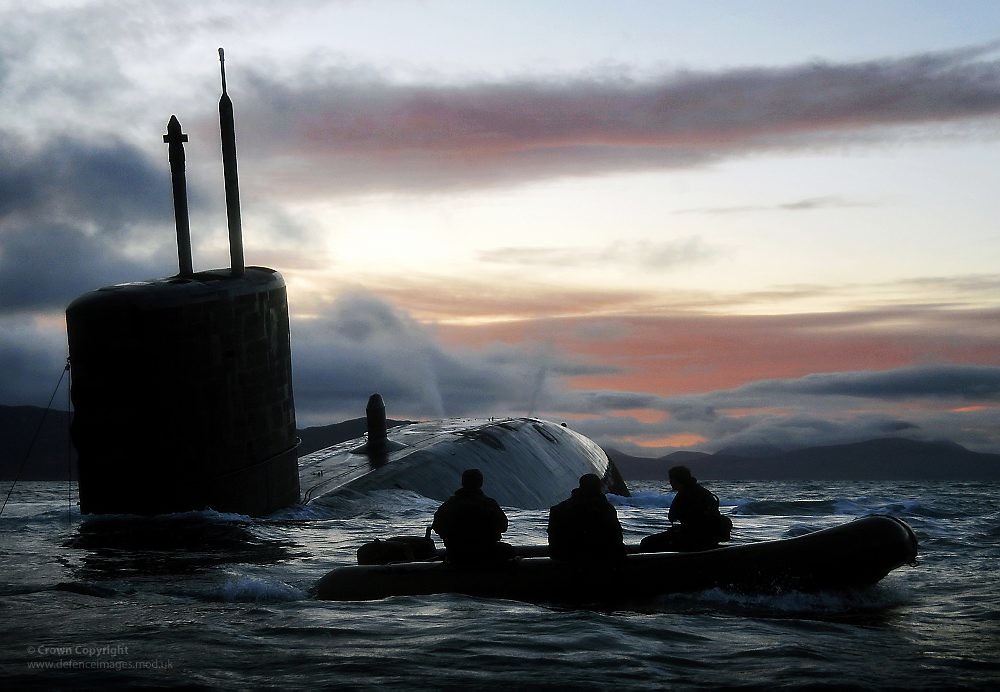
Furthermore, the navy will exploit off-the-shelf systems that meet its requirements, highlighted by the rapid acquisition of the seabed warfare vessel RFA Proteus. Connell emphasized the importance of spiral development and rapid scaling to deliver capabilities to sailors and marines more swiftly.

In essence, the Royal Navy’s 2040 strategy is a clarion call for greater innovation, ambition, and resourcefulness.

Connell’s vision outlines a transformative era for the Royal Navy, one where it innovates at the edge, adapts, learns fast, and scales new heights of naval prowess. “We are not afraid to innovate at the edge, to adapt, to learn fast, to trial, to experiment and to then scale,” he concluded, setting the stage for a future where the Royal Navy remains a dominant force on the high seas.
Relevant articles:
– Second Sea Lord wants new ‘technological ecosystem’ for 21st century Royal Navy, Naval News
– Navy needs to adapt faster and be more cutting-edge, Second Sea Lord says, Forces Network
– Royal Navy needs to ‘adapt faster’ Second Sea Lord says, UK Defence Journal
– Global Naval Defense News Coverage, Naval News

